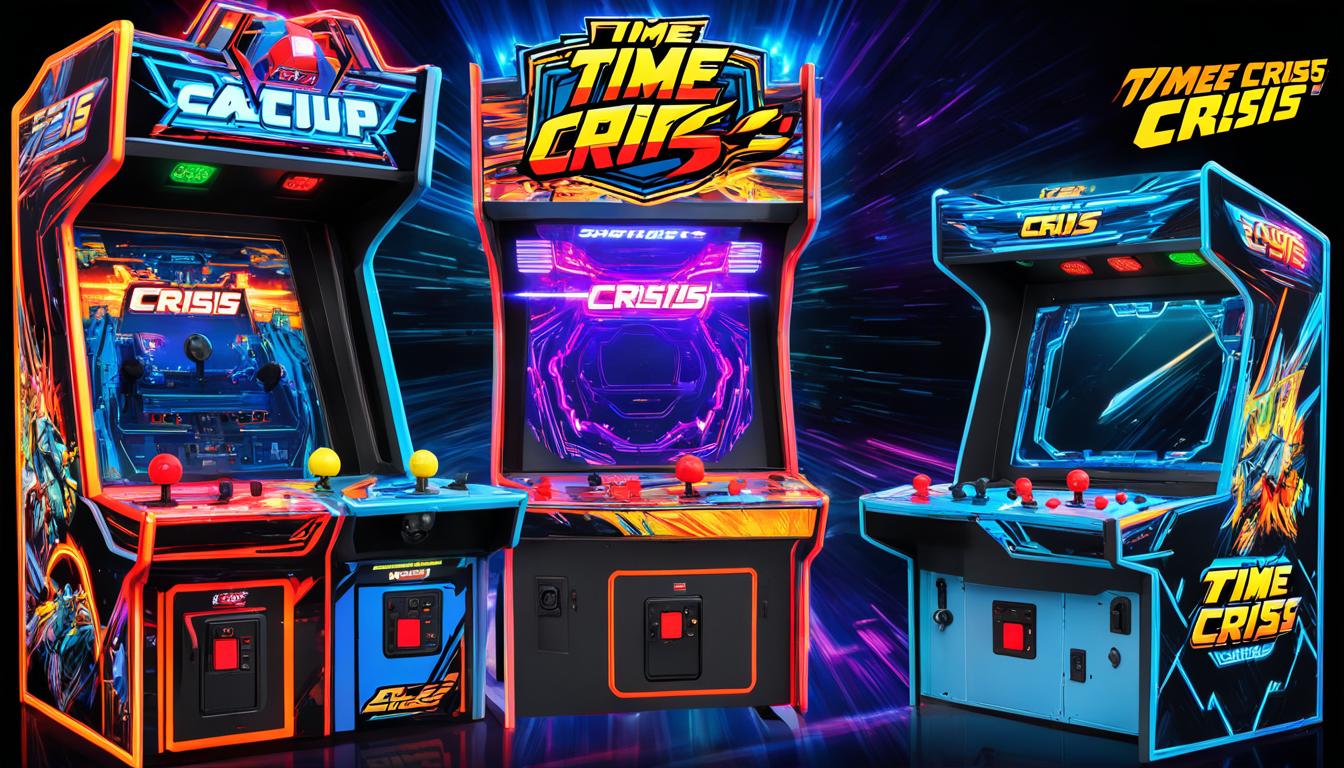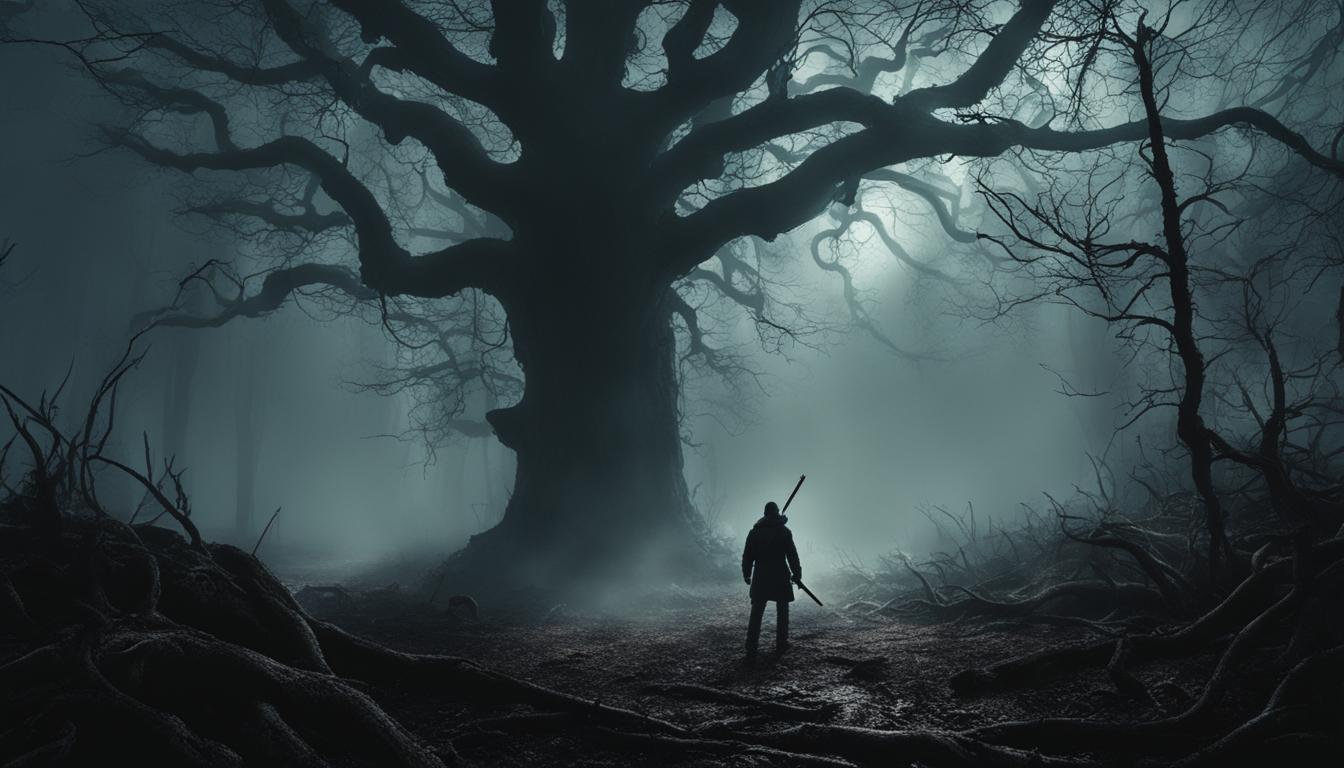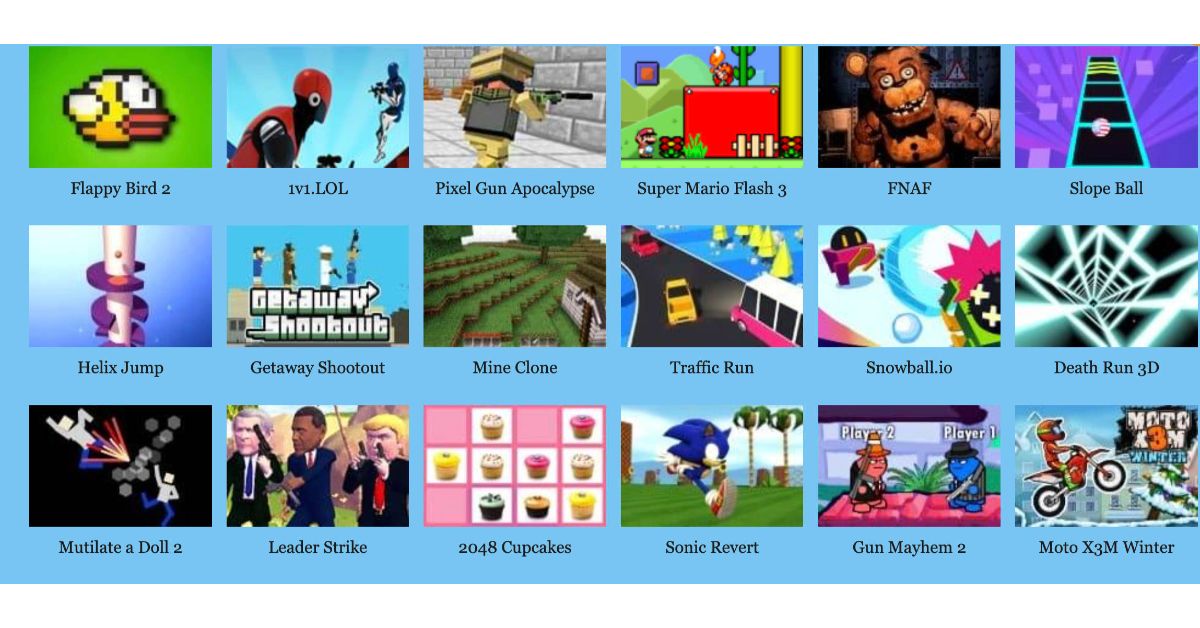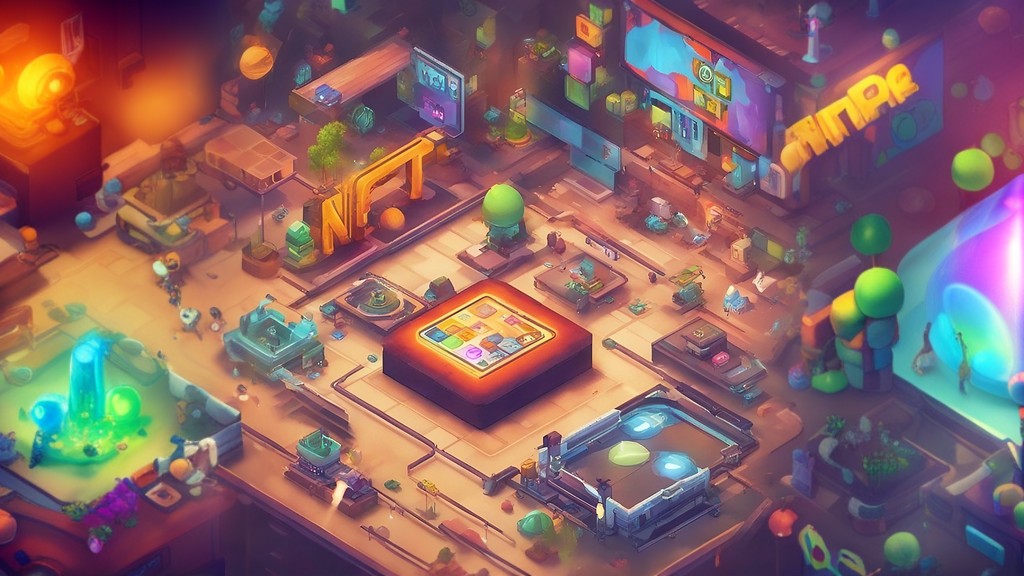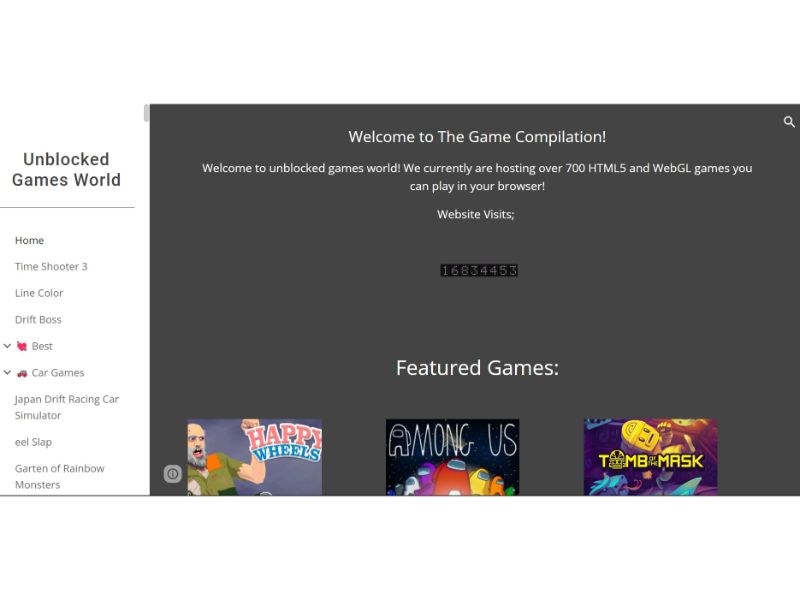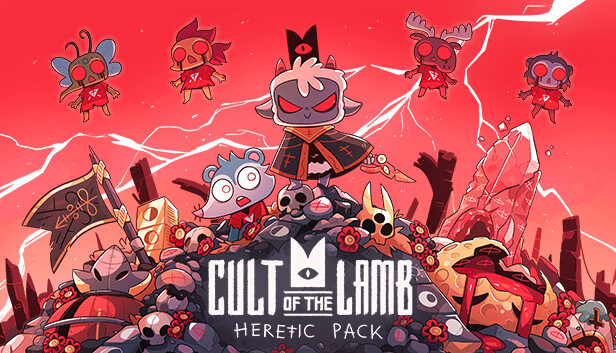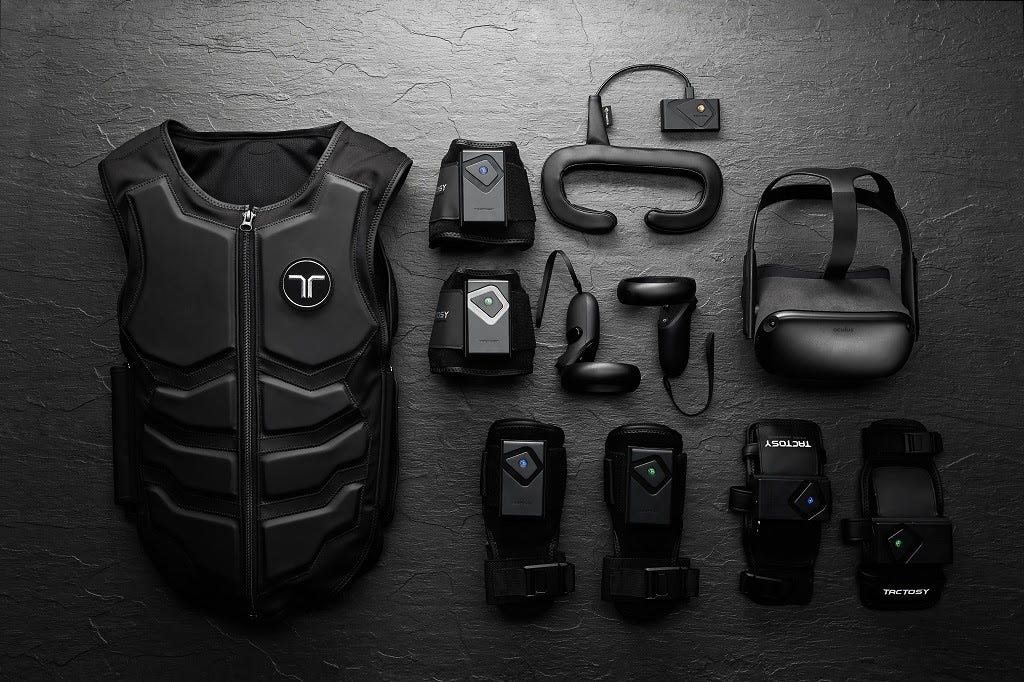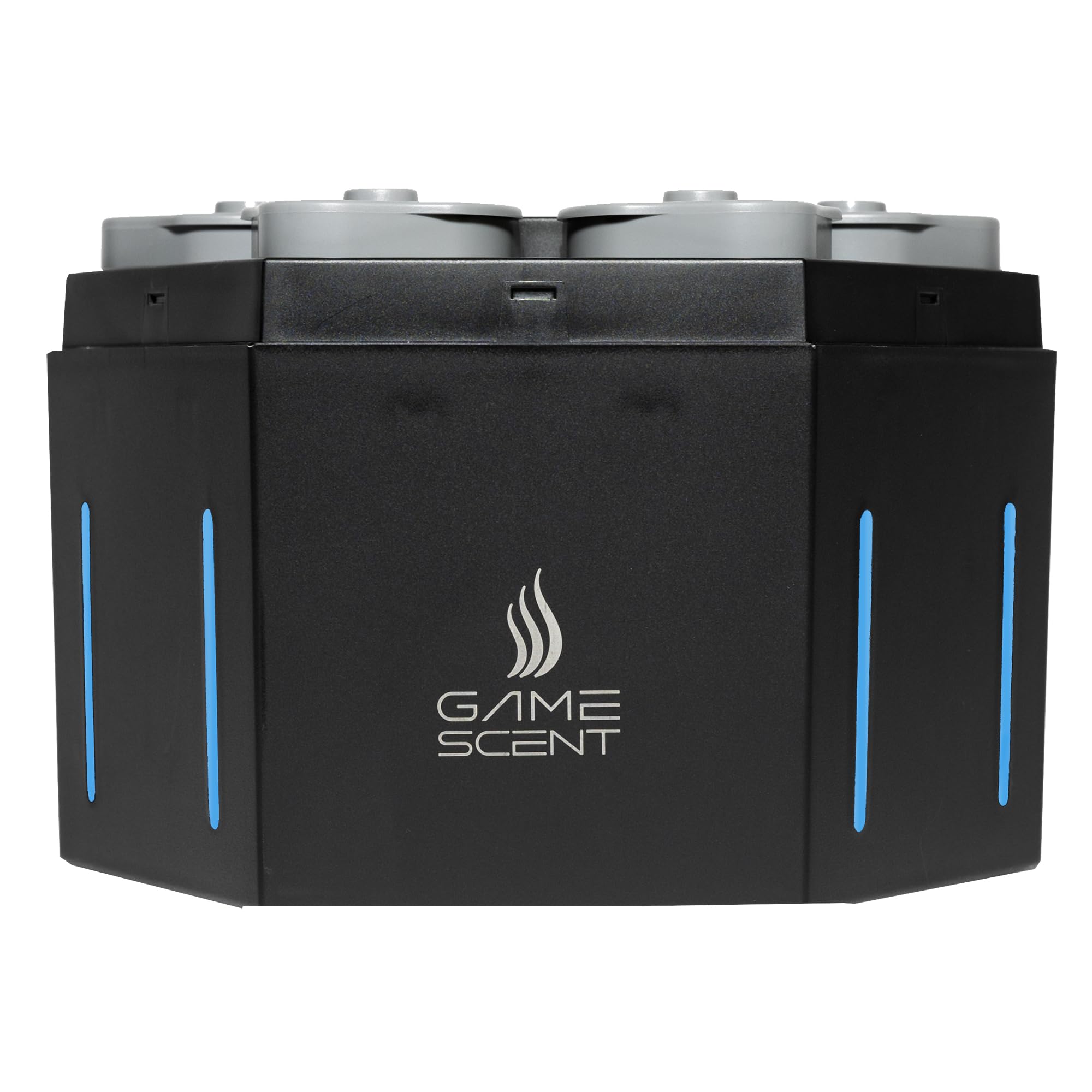The latest Xbox One system update has gone live, doing a bit of housecleaning as key features focus on keeping everything from your friends list to your games library tidier.
While many folks are basically in standby mode waiting on the next Xbox console, the team at Microsoft is still paying attention to the current Xbox One hardware, coming up with new ways to make the console more user-friendly. That’s probably a good idea, as the new disc-less model of the Xbox One just launched and is likely drawing at least some new gamers to the fold.
If you were expecting any major changes or an overhaul to the UI this late in the Xbox One’s life cycle, you’re going to be sorely disappointed. If, however, you were hoping Microsoft would bolt on some quality of life fixes, then that’s exactly what you’re getting with the latest update. The update is available now, so here’s a quick rundown of what you can expect.
First up, Xbox Game Pass is getting a “Play Later” tag you can use when browsing its rather lengthy catalog of games. This is exactly the kind of feature every digital marketplace should launch with. I mean, how does the PlayStation Network still not have a Wish List feature? Anyway, my griping aside, the Play Later tag is a simple way for you to keep track of games you want to eventually get around to playing. Tag a game and it will get added to your Play Later list, making it easier to keep track of the games you actually want to get around to trying out.
Another nice little tweak is an icon on the friends list that lets you know if your pals are playing on the PC or Xbox One. A “Message Requests” feature is also being added to keep conversations more organized, giving users the ability to keep messages from people not on their friends list in a separate tab.
Finally, it looks like Microsoft has finally learned the proper way to alphabetize things, something the rest of us learned in fourth grade. Articles such as “the” and “a” are no longer included in a title for organizational purposes within games and apps. In brief, that means you’ll now find “The Witcher” under “W” instead of “T.”
